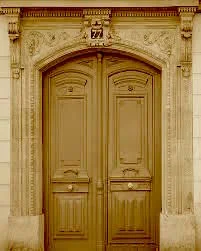November 27th, 2015
In honour and in gratitude for the pleasure that Paris has given me over the years, and as a reminder of all that the city has to offer, I present a photo essay of some of my favourite Parisian photos: First, Paris from above, and followed by some rich architectural details on the ground.
Baron Haussmann's Paris:
In 1853 Baron Georges-Eugène Haussmann transformed Paris from a medieval warren of alleys and streets to a city of grand avenues and boulevards. The city’s glorious, distinctive residential buildings were built to Haussmannian specifications: large (often whole-blocks), stone-faced, five-floor structures marked by the perfect alignment and symmetry of their balconies, windows and mansard roofs. Inside, the spacious apartments featured equally elegant architectural flourishes: high ceilings, parquet flooring, floor-length windows and intricate wood and plaster.
Finally, two books suggestions to continue the love affair with Paris.

















































